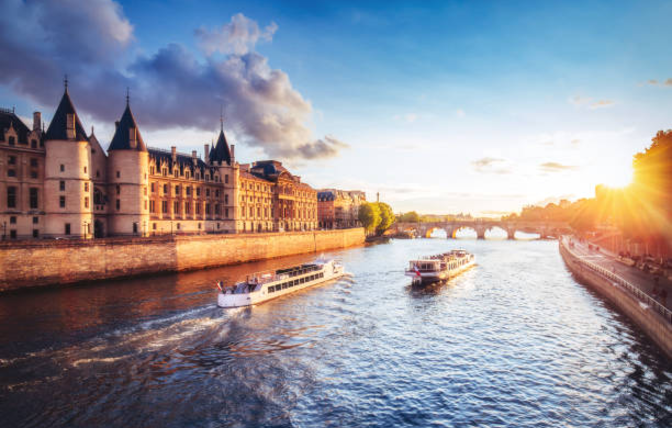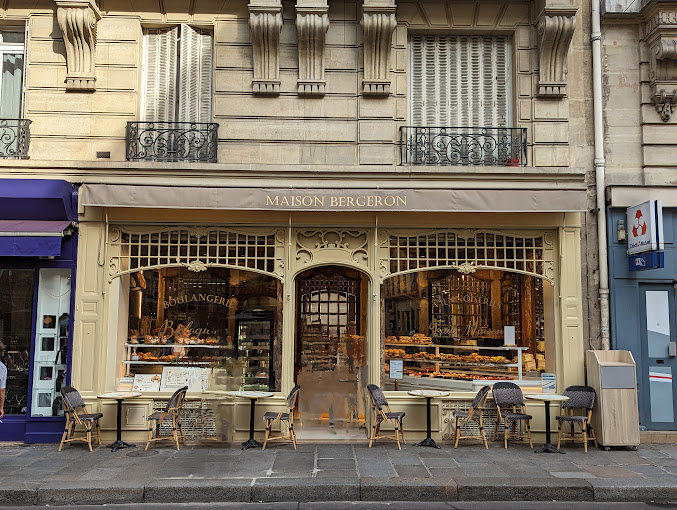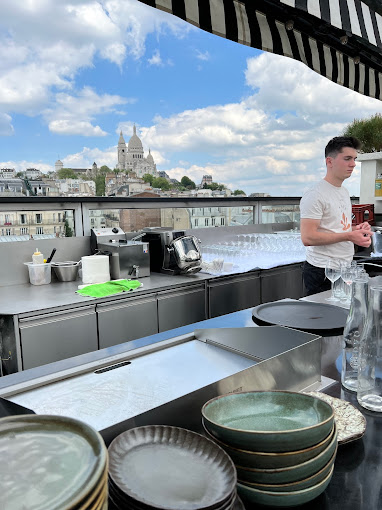
France—land of wine, romance capital, and global culture—is a tourist's heaven. You are probably drawn to the sun-kissed Riviera beaches, the epiphanic streets of Paris, or the magnificent Alps, but France's best moment has an hour. Visiting France at the right time can make a big difference, ranging from making the most out of your experience to assisting you in saving and keeping away from tourists. Let's find out the seasons and find out when exactly France is really in its best form.
Knowing France's Climate
France is not one uniform monolithic climate. From cool, temperate north to warm Mediterranean south, it's a good idea to learn about local weather patterns. Winters will be mountainy and snowy in the Alps, rainy in Paris, and balmy by the southern coast. Summer is hot, with days of prolonged sun in the south and benign temperatures in the north. Knowing them in advance, you can decide on the best time for your visit.
Spring in France (March to May)
French spring is magical. Flowers begin to bloom, days get longer, and the climate is mild and pleasant. Paris is particularly beautiful with cherry blossoms along the Seine, and Provence bursts into bloom with lavender fields and poppies.
Pros:
Lovely weather
Fewer tourists than summer
Spring festivals like the Paris Marathon and local flower parades
Cons:
The occasional rain shower
Some villages in the countryside can be sleepy with few amenities
Spring is perfect for touring and outdoor activities without the crowds of summer.
Summer in France (June to August)
Summer is peak tourist season, with travelers from all over the world pouring into France. It is generally warm and sunny weather, ideal for beach holidays, river cruises, and fairs.
Highlights:
French Riviera beaches
Outdoor dining and street cafes
Bastille Day festivities
Advantages:
Lively atmosphere
Extended sunshine hours
Disadvantages:
Overcrowded tourist spots
Higher hotel and airfares
Autumn in France (September to November)
Autumn is an ideal time for wine lovers and photographers. Vineyards glow in sunshine, and harvest season is full of numerous wine festivals.
Advantages:
Fine sunny weather
Fewer tourists
Lovely autumn leaves
Disadvantages:
A few tourist attractions close after summer
Fewer hours of daylight
Autumn is ideal to visit rural villages, wine region, and enjoy the cuisine delights.
Winter in France (December to February)
Winter turns France into a fairyland. From French Alps to enchanting Christmas markets of Paris and Strasbourg, the country has another charm in winter months.
Benefits:
Winter sports of skiing and snowboarding in Alps
Holiday festive mood
Fewer tourists in city areas away from ski resorts
Drawbacks:
Cold and damp in northern regions of the country
Less sun limits outdoor tourism
Winter is best suited for travelers loving winter sports, cozy cafes, and Christmas markets.
Regional Differences
Paris and Northern France: Cool winters, warm summers, spring flowers. Spring or autumn best.
South of France: Mediterranean; summer hot and busy, spring and autumn ideal.
The French Alps: Winter skiing, summer trekking.
Loire Valley and Countryside: Autumn and spring ideal for looks and enjoyable temperatures.
Travel for Festivals and Events
Touring around festivals is worth planning:
Cannes Film Festival: May
Bastille Day: July 14
Paris Fashion Week: March and September
Regional festivals: Harvest festivals, medieval fairs, and cultural celebrations
Avoiding Crowds
To avoid crowds, visit during shoulder seasons:
Late spring (April–May)
Early autumn (September–October)
These seasons provide mildest weather with fewer tourists.
Budget Considerations
High season translates to high costs, so traveling off-season will reduce your expenses on air travel, accommodations, and activities. Autumn and winter (excluding ski resorts) are less expensive.
There are things to do throughout the year in France:
Spring: Walking, cycling, and sightseeing
Summer: Beaches, boating, and festivals
Autumn: Vineyard visits, nature walks
Winter: Skiing, snowboard, and hot city walks
Food and Wine Activities
Seasonal ingredients are one of the best features:
Spring: Early greens and spring berries
Summer: Seafood and salads
Autumn: Mushrooms, chestnuts, and wine harvest
Winter: Stews, cheeses, and holiday treats
Some Family Tips for Visiting France
Skip school holidays to escape the tourists
Autumn and spring have good weather and activities suitable for children
Winter is well-suited to ski holidays and Christmas festivities
Couple and Solo Travelers
Couples can choose spring or autumn for honeymoons
Solo travelers can travel to off-season places that are not touristy
Summer is ideal for party and celebration festivals
Conclusion
Choosing the best time to travel to France is your decision.
For sightseeing with fewer people, spring and autumn are the seasons that stand
out. Summer offers vibrant life and beach holidays, and winter stands out for
skiing and festive activities. Plan as per your preferences, and France will
deliver memories for a lifetime.











